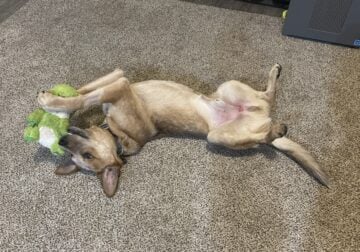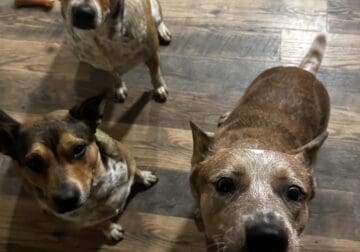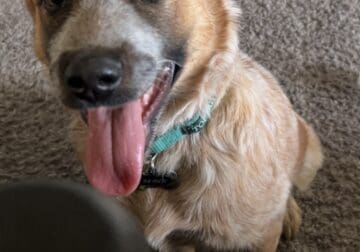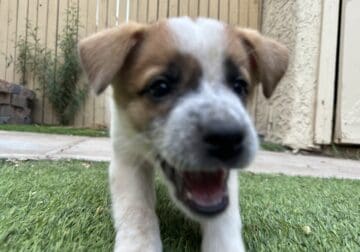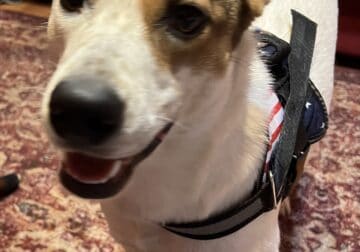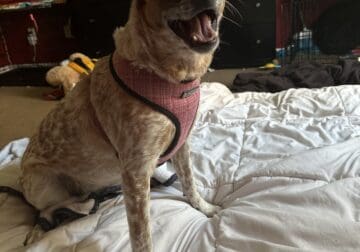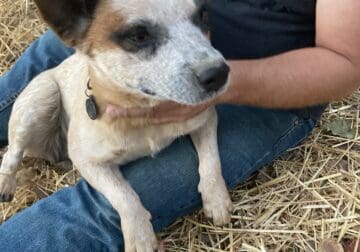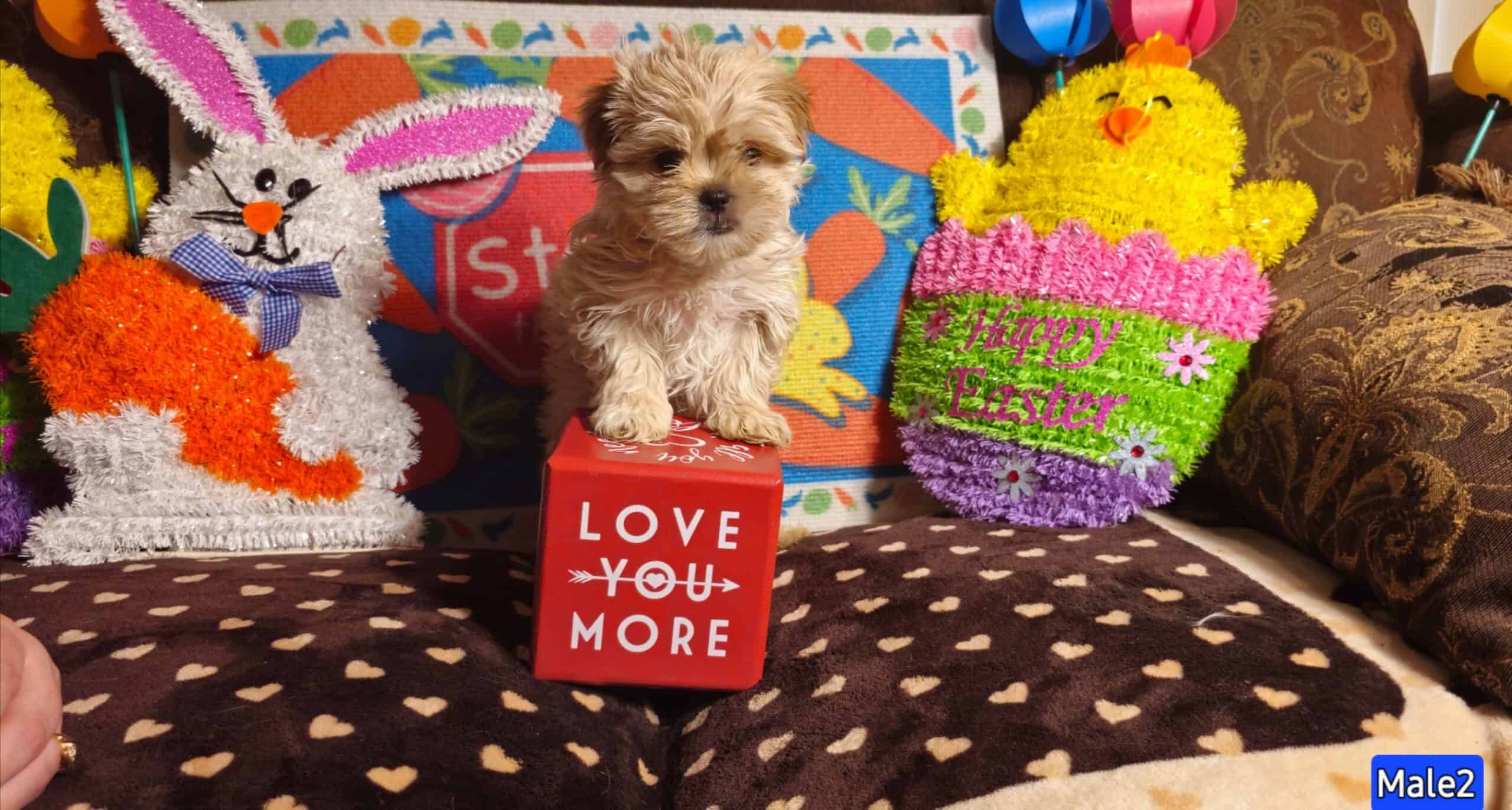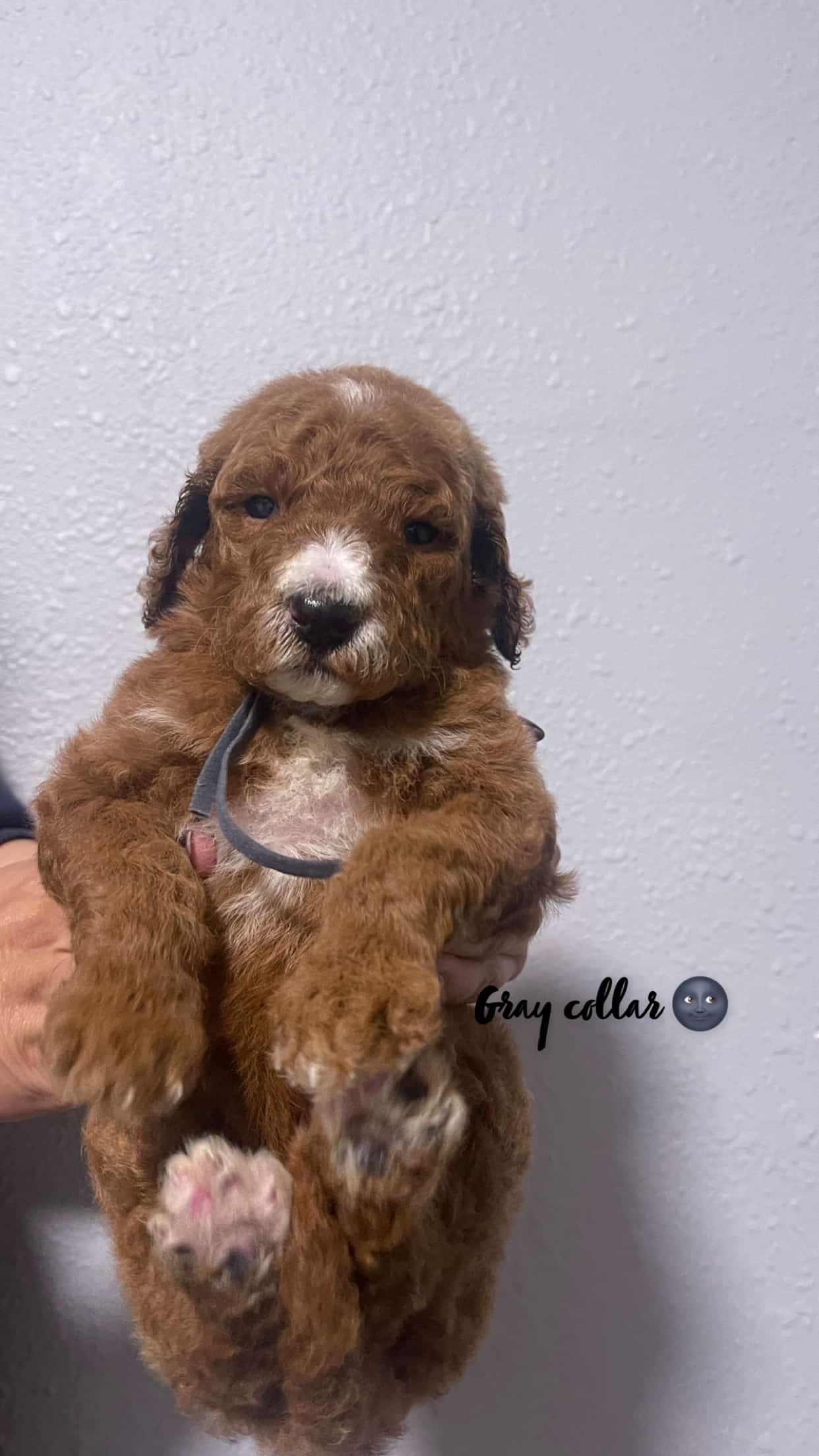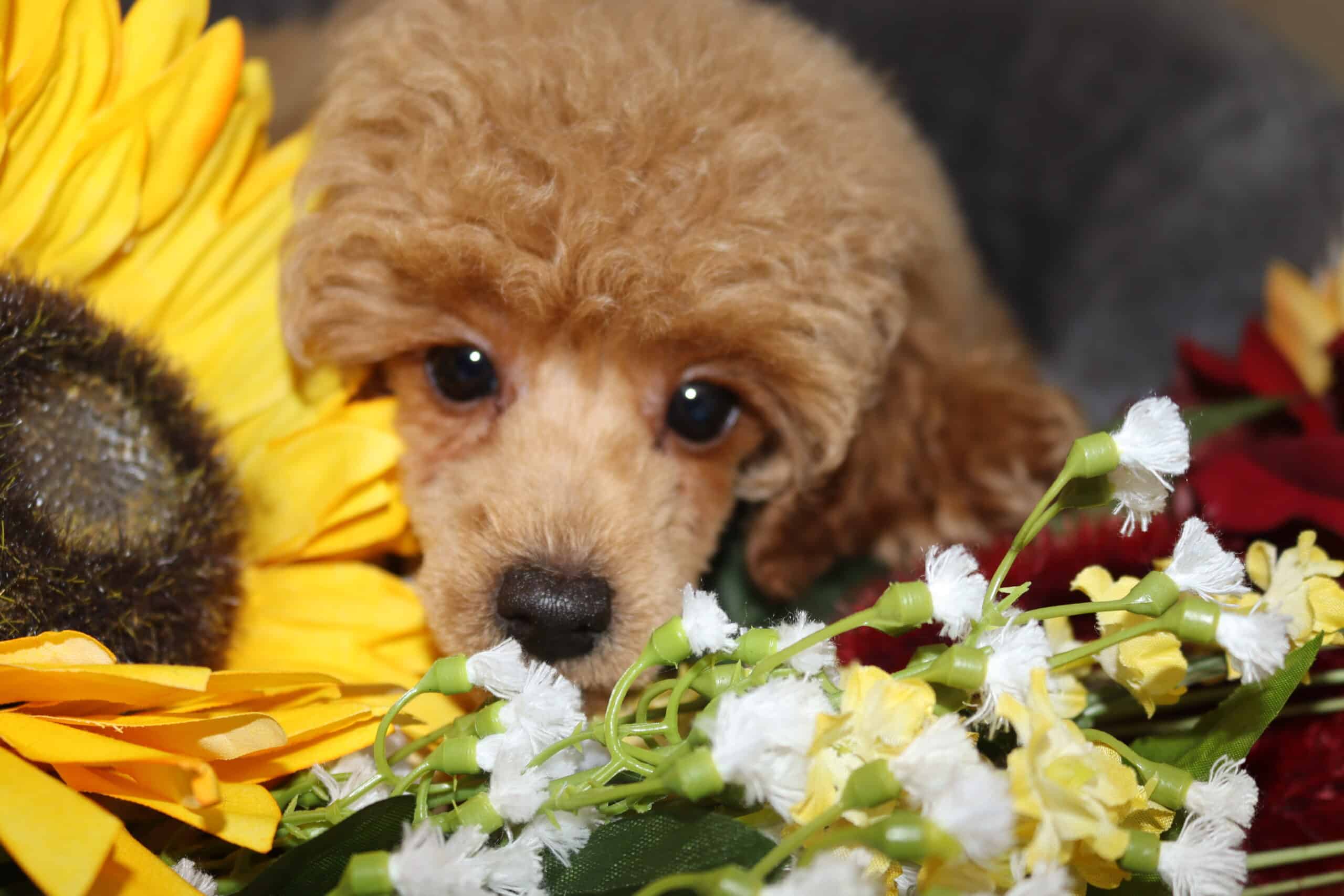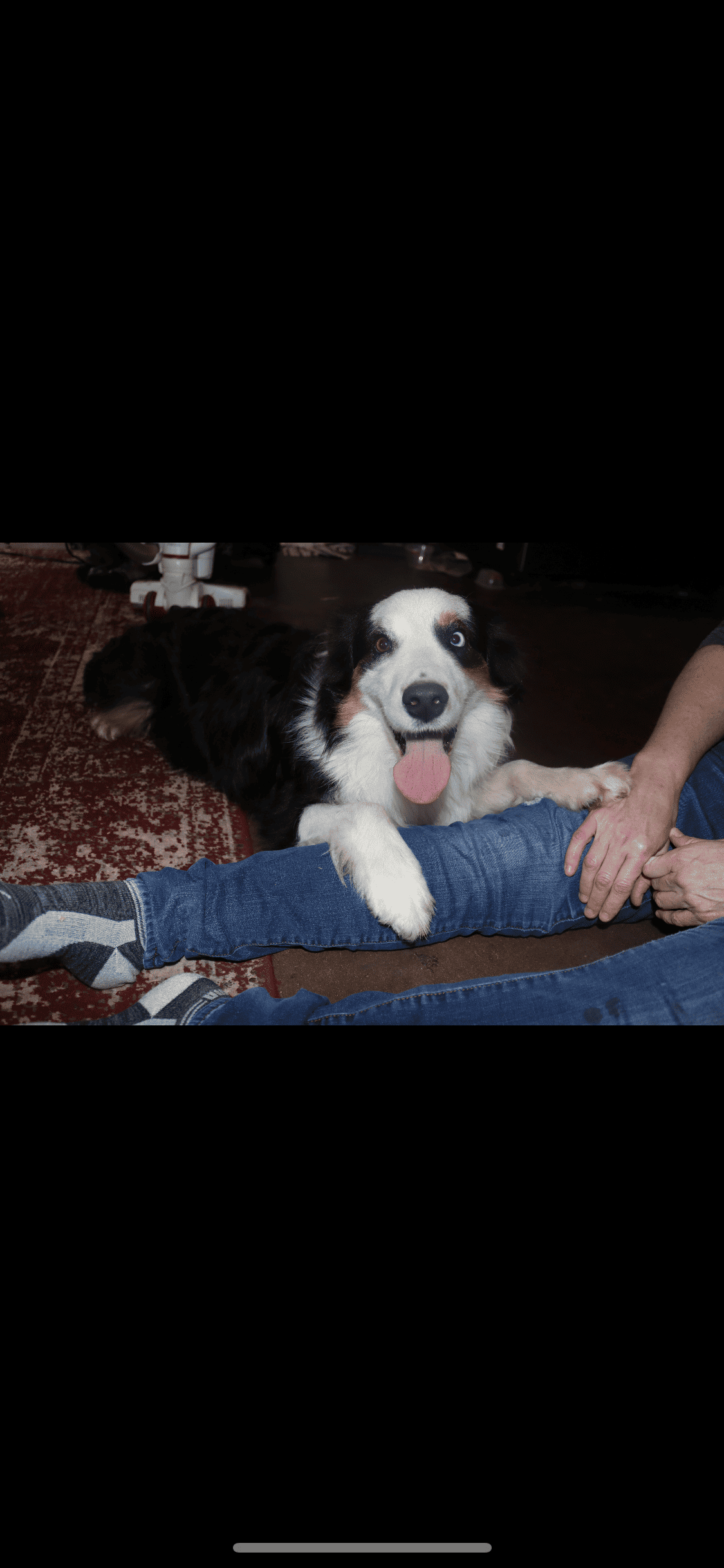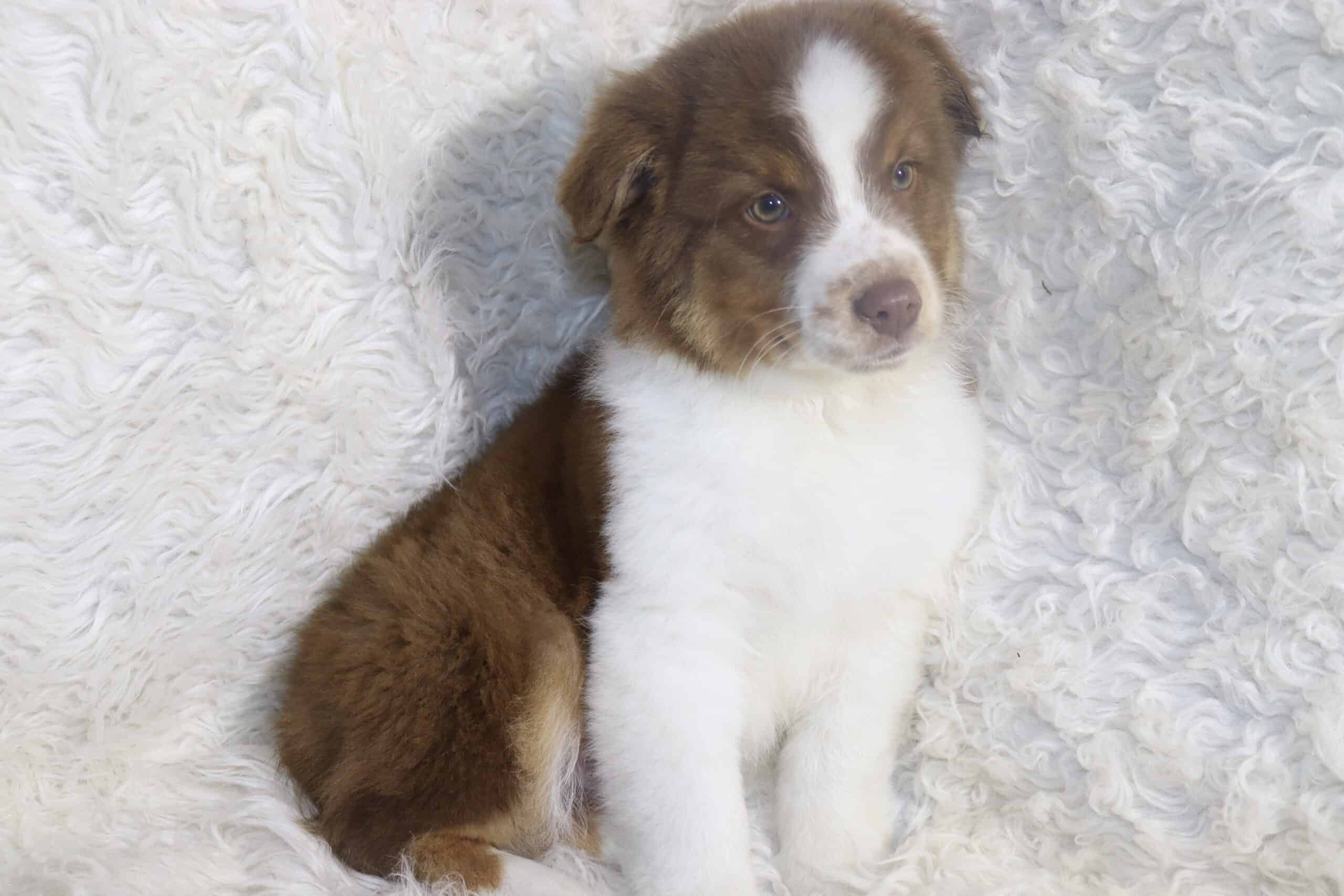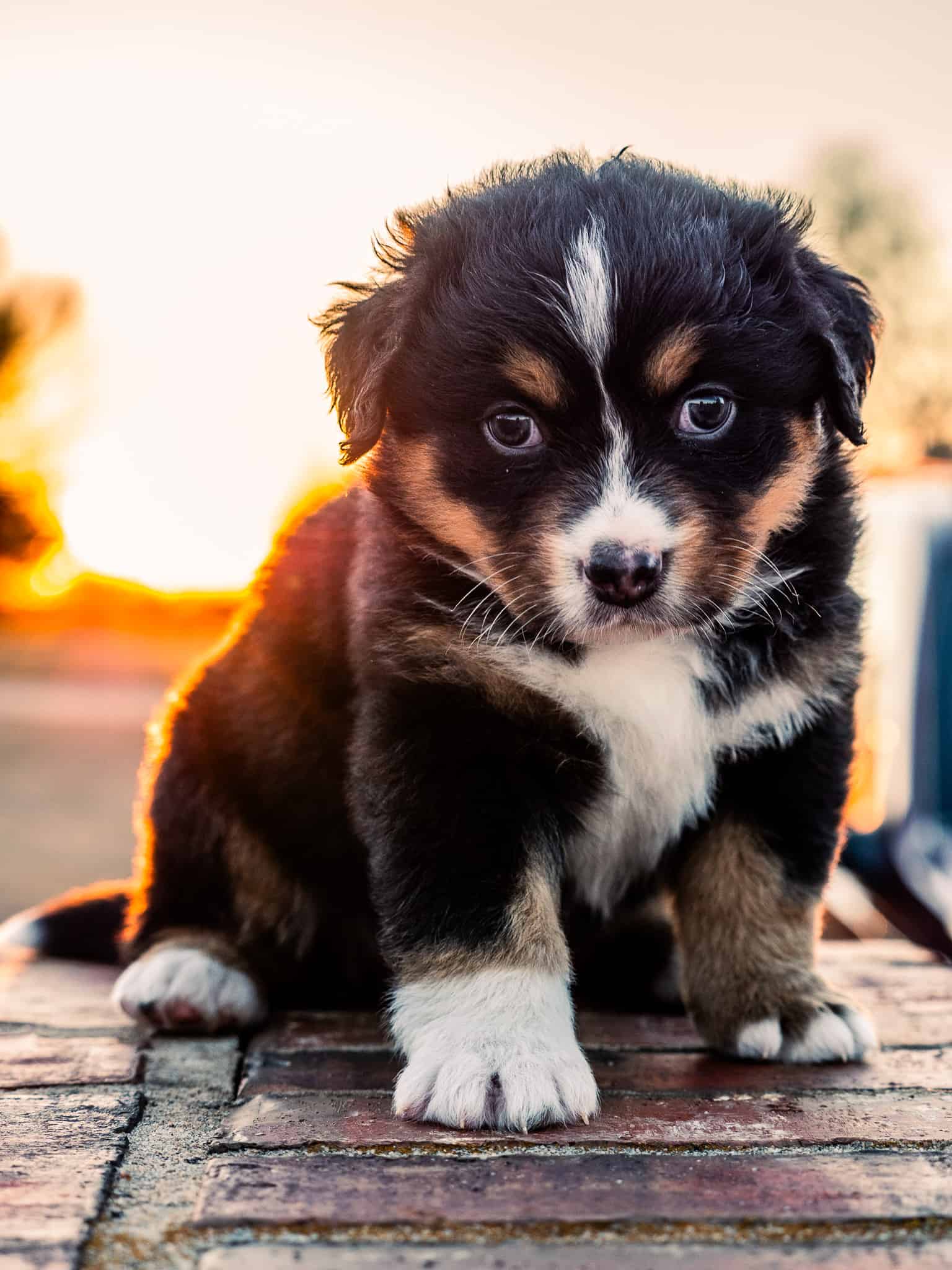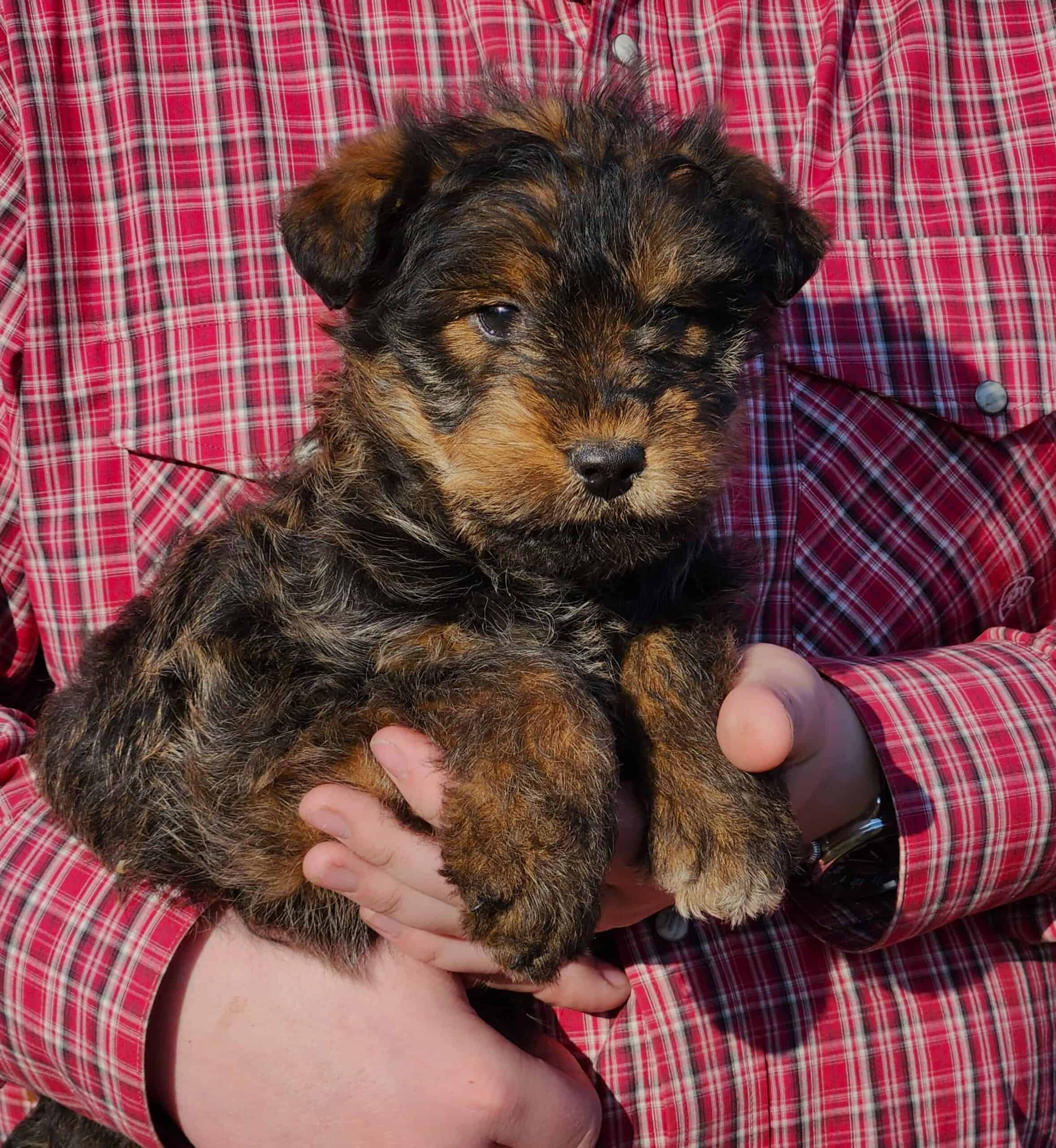Akc certified red heeler
Hubbard Township, 56470, United States
REHOMING 2 year old Australian cattle dog
Fairfield, CA, USA
Looking for a good family to call my own
MM76+JP Silver Dollar City, Sunset Cove ...
Litter of three-ready for home
Venice, FL 34285, USA
Full-blooded Australian Cattle Dog
Chattanooga, TN, USA
Trying to find a home for her
Rock Hill, SC 29732, USA
MUTT & JEFF Family Ranch Raised Pupsters
Peyton, CO, USA
Red Heeler Puppies for Sale: Resilient Worker Turned Companion
If you are an active person who enjoys a challenge, a red heeler is possibly the ideal type of dog for you. A red heeler dog is a dedicated and loyal worker that comes in a compact package. It is affectionate, has great potential as a pal for other dogs, and provides protection.
Overview of Red Heeler
The red heeler is not a breed but a color variant of the Australian Cattle Dog. Since the ACD was bred to drive and herd cattle from behind, sometimes nipping at their ankles, it gained the moniker heeler. You are more likely to run across blue heelers in text and among breeders than reds which are a little less common.
History of Red Heeler for Sale
The Australian Cattle Dog was born out of the English Drover Cur’s unsuitability for the native terrain and livestock. These Old English Sheepdog-type Cur imports lacked the sturdiness and stamina for the land down under and its semi-wild and feral cattle. Thompson Simpson Hall created the first Australian Cattle Dogs, called Hall’s Heelers, by crossing English Curs with Australian dingoes. These dogs were blue, created from specially selected, blue-colored English drovers. Hall had produced a successful cattle dog adaptable to the arid heat, slate-hard ground, and grueling miles of Australian life by 1832. Some red puppies appeared as throwbacks to the dingo shortly after the breed’s creation. Robert Kaleski formulated an official breed standard in 1903. Although Kaleski asserted Dalmatian and Kelpie infusions influenced the breed, his claims were never proven for the original ACD lines. However, GSD, Kelpie, and Dalmatian blood, as well as an Australian sighthound (Kangaroo Hound), would feature later in the ancestry of Australian Cattle Dogs exported to the US. This would complicate their legitimacy and eventual acceptance by the American Kennel Club in 1980. Queensland’s Heelers was a term that developed in the 1950s from a line of show dogs that gained renown and success from a Hall’s Heeler, Little Logic. Most present-day Australian Cattle Dogs can trace their heritage to Little Logic and his most promising son, Logic Return.
Appearance
Australian Cattle Dogs are medium-sized dogs ranging from 17 to 20 inches tall and weighing 35 to 50 pounds. The breed has a balanced head that is broad and slightly domed between the ears and has a slight stop (break between the brow and bridge of the nose). An ACD has high, muscular cheekbones that are not prominent and strong jaws. The ears are medium or relatively small, each with a broad base and pointed tip. The eyes are medium-sized and oval-shaped. Like the rest of the body, the Australian Cattle Dog’s neck is medium in length with a lot of power. The shoulders are sloping, and the haunches are broad. An Australian Cattle Dog has medium bone substance. Its power comes from a muscular frame that should not come across as heavy or bulky. Australian Cattle Dogs look nimble and have flexible pasterns. The pastern is the area between the front paw and wrist and the section between the hindfoot and the hock. An ACD is slightly longer than it is tall with a length: height ratio of 9: 1. It has a deep and broad chest, level topline, and long sloping croup. Australian Cattle Dogs inherited brush tails from the dingo.
Coat
The ACD has a unique, rain-resistant, dual coat. Its outer guard hairs are closely packed, straight, short, stiff, and flat-lying. Its fur is usually one to one-and-a-half inches long. The undercoat is soft and forms an insulating layer. The ACD has mild breeches on the hind legs and longer hair on the abdomen. Australian Cattle Dogs have adapted well to both extreme heat and frigid conditions.
Colors
Australian Cattle Dogs come in two different colors and five patterns. Since blue heelers are covered extensively elsewhere, we only focus on the red color. Red heelers can be either speckled or mottled. Breeders sought to eliminate solid red dogs from the gene pool because farmers and herders could easily mistake the color variety for a dingo and shoot it. Dogs that have very few white hairs remain heavily faulted as undesirable in the show ring. The only acceptable patterns for red heelers are red-speckled and red-mottled. Speckled dogs have white hairs evenly distributed among the red fur. Mottled dogs have an even distribution of irregular patches of white intermingled with areas of standard speckling. A dog that appears white with red spots (too much white fur) is heavily faulted. Both patterns of red heelers for sale can have red markings on the face and tail. Australian red heelers frequently have raccoon-like banding on the top surface of their tails. A white tail is a fault. Red heelers can have red markings on their bodies, but they are not preferable. This means that an equally correct ACD with no red patches on its body will win the decider against a dog with body markings. A red heeler should never have any black hair, and its undercoat is always red. Heavily speckled dogs are allowed to have small areas of white in their undercoats.
Personality
Australian Cattle Dogs are notably more aggressive with people and the animals they manage than Border Collies or Australian Shepherds. Red heelers are affectionate, loyal, and devoted to their family members. They are suspicious of strangers but are not barkers, making them better guards than watchdogs. An ACD has a playful nature that makes it a terrific fit for older children. Its strong herding instincts and mouthiness warrant supervision and training around small kids. Heelers are also very intelligent but possess some training challenges. Like the Rottweiler, they are alert and watchful. They tend to be social with other dogs, especially if you focus on that when they are extremely young. Australian Cattle Dogs should be exposed to any livestock you think they may encounter.
Red Heeler Puppies for Sale Near Me
Interestingly, red heeler puppies for sale are born solid white or white with markings on their heads. A puppy will begin to develop its ticking at about four to six weeks old. Red in the ACD belongs to the agouti color classification for dogs.
- Sable (red heeler) – sable (black-tipped banded hairs), dominant red (black tipping and black hairs lost through selective breeding), or fawn (yellow with or without shading, an overlay, and a facial mask; most dominant color in agouti series
- Wild sable – wolf gray, badger; banded heads on body and head, legs and belly not banded
- Saddle – in a tan-pointed, the black areas recede on the body, leaving a saddle; is dominant to other genes besides sable
- Tan-pointed and bi-color (blue heeler) – black & tan, blue & tan, liver & tan; tan-pointed have designated points of color; in bi-colors these color points become limited
- Recessive black
A red heeler is a white dog with the presence of a ticking or roaning gene. The red color is the result of the dominant sable (“Ay”) agouti series genes. The “Ay” locus (gene location) produces a clear sable (no black tipping) in the ACD breed. Red heelers are dominant over blue heelers. Therefore, two red heeler parents will only produce red heeler puppies for sale. Red heelers can be carriers of the blue gene. However, blue heelers do not carry the red gene. Blue heelers have proliferated through artificial selection. Ethical breeders usually screen their dogs for heart, orthopedic, eye, and hearing issues. Some may include additional screenings. Puppy prospects should be active and alert with no discharge from the eyes or nose and no signs of diarrhea.
Mini Red Heeler Puppies for Sale
Mini red heelers are the same as Australian Cattle Dogs, but their size is well beneath the breed standard. Minis are 13 to 15 inches tall and weigh 15 to 20 pounds. They suffer the same health problems as standard ACDs but may live a couple of years longer. Beware that some mini Australian Cattle Dog breeders may cross their animals with Corgis or Australian Shepherds. Hybridization is a means to shortcut the length of time it takes to create the desired feature through selection. Exceedingly small puppies are susceptible to hypoglycemia or dangerously low blood sugar levels.
Red Heeler Lifespan
Australian Cattle Dogs typically live 12 to 14 years.
Care
Red heelers do not need much attention to grooming but require a lot of exercise and training.
- Brushing – the coat requires minimal brushing once weekly except when seasonal coat blowing occurs in the fall and spring
- Bathing – no set pattern but may do as often as weekly to minimize the odors of an active outdoorsy dog; otherwise, the coat is soil-resistant
- How much to feed – puppies should eat three or more times a day about 40 to 60 calories per pound; adults need two feedings a day with a total of 500 to 1200 calories depending on their weight and activity; working dogs may need as much as 2150 calories each day
- Training – the ACD requires an experienced handler and consistent direction with strong leadership; training challenges are the dog’s independence, strong personality, and tendency towards boredom with repetition
- Socialization – you should socialize puppies as early in life as possible because they can become domineering, fearful, or given to unprovoked attacks
- Exercise – sufficient activities will make a more trainable and better behaved ACD; two or more hours or more of daily exercise required with a mixture of physical exertion and mental challenges; partnered activities are ideal – herding trials, agility, hiking, jogging, running, Frisbee, flyball, and obedience competitions
